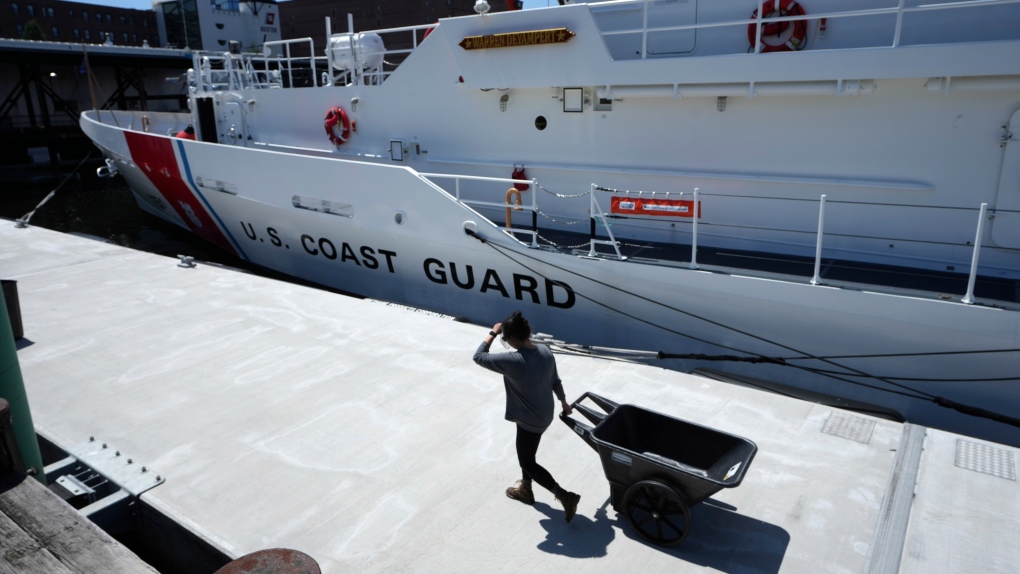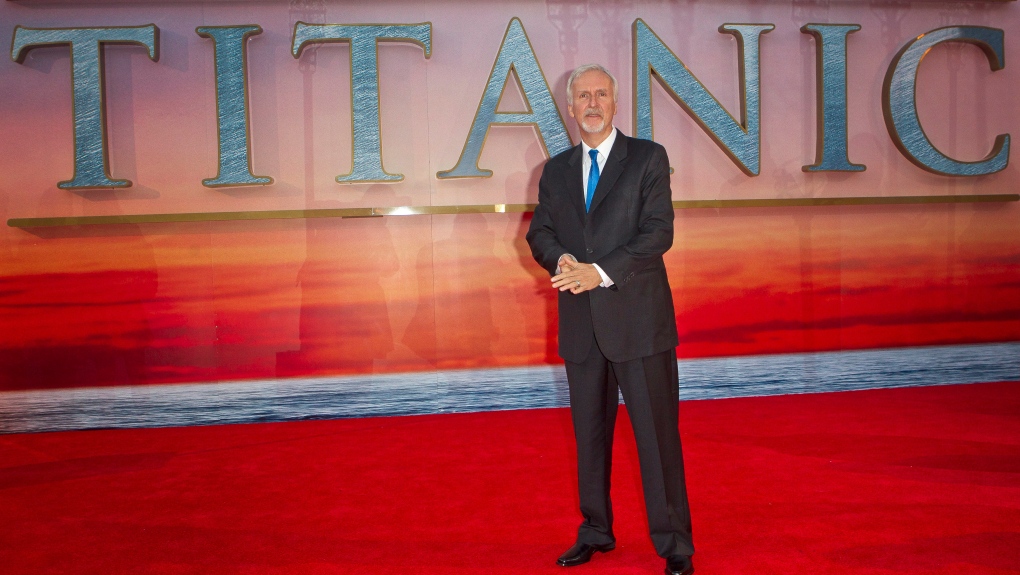"The Smoking Gun"
"The U.S. navy conducted an analysis of acoustic data and detected an anomaly consistent with an implosion or explosion in the general vicinity of where the Titan submersible was operating when communications were lost.""While not definitive, this information was immediately shared with the incident commander to assist with the ongoing search and rescue mission."Senior U.S. Navy official
"The fact that they didn't hear it while the search was on means … it must have happened very early." "There's also evidence coming out now from the U.S. Navy, that they did hear an anomalous [sound] in the water around the time that the submersible went missing. So we really are piecing together this story that imploded suddenly on the way down.""A lot of people have an intuitive idea of an explosion…Imagine things accelerating away from an origin point and going out in all directions. [What happened to the Titan] is the opposite.""There's a tremendous amount of force, but it's not that it happens and then everything quiets down, there's going to be a lot of energy that is going to send debris in different directions.""A debris field is consistent with that, it looks like something exploded, but it was an implosion that began it, and then a catastrophic failure of all those pieces.""It's just really hard to conceptualize exactly what they're looking for at this stage. But certainly they found parts of the submersible and they know which parts of the submersible are going to be where the people were, and that'll be the place to start the search."Science and technology specialist Dan Riskin
 |
| The U.S. Coast Guard Cutter Warren Deyampert, docked at Coast Guard Base Boston, Thursday, June 22, 2023, in Boston. (AP Photo/Steven Senne) |
It
seems that hours after the Titan submersible entered the ocean above
the wreck of the Titanic with the intention of conducting an undersea
survey of the wreck for both tourism and scientific purposes the U.S.
Navy detected its implosion, recorded by a secret acoustic monitoring
system in place to detect submarine traffic in the Atlantic. The Navy
returned to the recording to analyze its acoustic data following reports
of the missing submersible. In their analysis an anomaly was found
consistent with an implosion (or explosion), according to the senior naval officer.
Since
the anomaly was found to be in the general area of where the
submersible was operating when communication with the surface mother
ship was lost, the navy delivered the information to the coast guard,
which went on to continue its search.
"[There was] not much chance unfortunately [of remains being recovered]."
"[I felt] heartsick [over] the way that thing was constructed."
"It's
one thing for a professional to take a calculated risk, and it's
another to be foolhardy and risk innocent lives along with that", declared retired submarine captain Alfred McLaren.
As
to which of the responsible authorities will be taking on the task of
investigating the international disaster, there is not yet a consensus.
An official enquiry hasn't been launched yet since the agencies involved
remain in search for clues about what it was that caused the vessel to
fall apart. "I
know there are also a lot of questions about how, why and when did this
happen. These are questions [about which] we will collect as much
information as we can now", said Rear Adm. John Mauger of the First Coast Guard District.

All
agencies involved are attempting to determine which among them has the
authority to lead an enquiry, certain to be complex given the mission's
international nature. While the Titan imploded in international waters,
the U.S. Coast Guard led the search and rescue mission. As well,
OceanGate Expeditions which owned and operated the Titan, is based in
the U.S. However, the submersible was registered in the Bahamas. The
Titan's mothership, the Polar Prince, is Canadian, owned by an
Indigenous band. And then there is the fact that those on board were
from Britain, Pakistan, France and the U.S.
What
further complicates the investigation is that the world of deep-sea
exploration is not well-regulated; deep-sea expeditions such as those
conducted by OceanGate are less scrutinized than are companies that
launch people into space. The Titan was not registered as a U.S. vessel,
nor with international agencies that regulate safety, and nor was it
classified by a maritime industry group that sets standards on such
matters as hull construction.
It
is now being revealed that OceanGate CEO Stockton Rush, piloting the
Titan, had remarked that progress can be stifled by regulations. "Bringing
an outside entity up to speed on every innovation before it is put into
real world testing is anathema to rapid innovation",
he wrote in a blog post on his company's website. On the other hand, a
member of the research team that discovered the Titanic wreck in 1985,
spoke of the lack of certification by outside experts as "the smoking gun" in the disaster.
 |
| Still from video |
"We've made thousands and thousands and thousands of dives ... to these depths and have never had an incident"
remarked Bob Ballard. James Cameron, who produced the film "Titanic"
and was a personal friend of Stockton Rush said he knew the Titan
situation would end in tragedy: "For them to lose communication and tracking at the same time… the sub
was gone, there was no question in my mind", he said. "For days I tried
to run other scenarios that could account for it [but] I could come up
with nothing."
"I never believed in that technology of wound carbon fibre…I thought it was a horrible idea. I wish I'd spoken up. But I assumed somebody was smarter than me because I never experimented with that technology, but it just sounded bad on its face.""You can't do that with a composite material because it's two dissimilar materials sort of blended together [carbon fibre and titanium mix].""So, we [submersible community] all knew that the danger was delamination, progressive failure over time with microscopic water ingress and fatigue [of materials]."James Cameron
 |
| Director James Cameron arrives at the 'Titanic 3D' UK film premiere at the Royal Albert Hall in Kensington, West London, Tuesday, March 27, 2012. (AP Photo/Joel Ryan) |
Labels: Investigation, Titan Implosion, Wreck of Titanic

<< Home